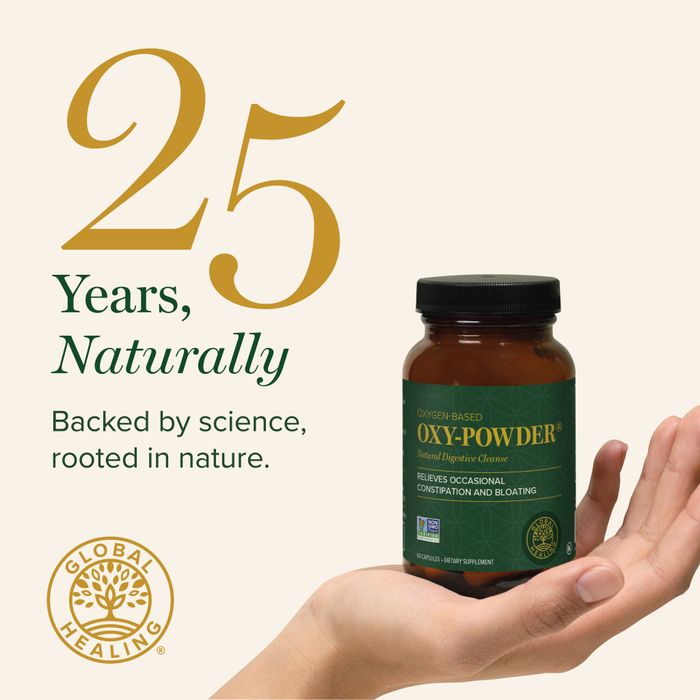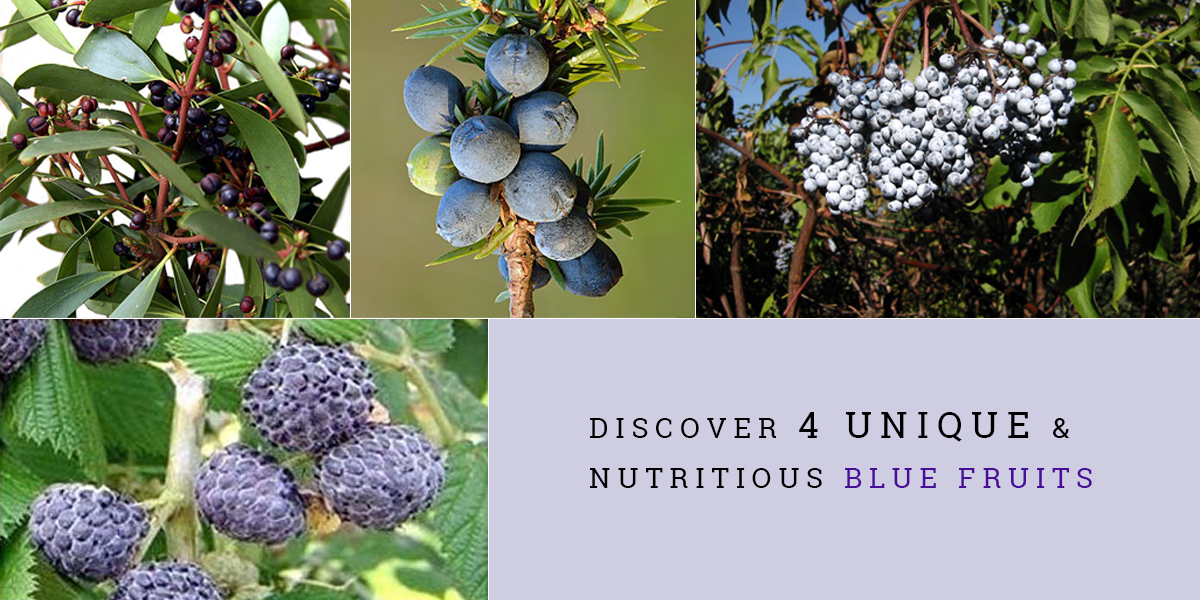
Beyond the familiar blueberries, discover lesser-known blue fruits with surprising flavors and health benefits.
When someone asks you to name a blue food, your go-to is almost certainly blueberries, right? Some people might mention blue vegetables like blue potatoes or blue corn, but for most of us, our knowledge of naturally blue foods stops with blueberries.
Did you know there are actually several other blue fruits? They’re all packed with flavor and plenty of health benefits, including a boost to your heart and gut health, lowered risk of type 2 diabetes and a huge dose of anti-aging antioxidants and anti-inflammatory anthocyanins.
So, if you’re looking for ways to “eat the rainbow” and impress your friends, here are some blue-colored foods besides blueberries to add to your grocery list.
Blue Raspberries
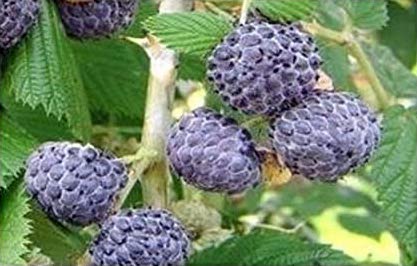
Like me, you probably assumed blue raspberry was just a made-up flavor for candies that turn your mouth blue. Turns out, it’s a real fruit!
They’re also known as whitebark raspberries and look similar to blackberries when ripe. They have a sweeter, more noticeable flavor than their red counterparts, making them perfect to snack on.
Juniper Berries
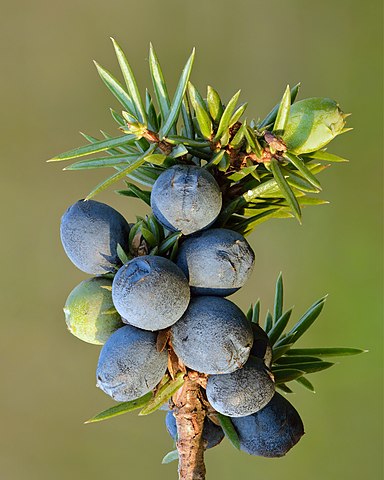
Juniper berries are a staple of Northern European and Scandinavian dishes and are also famous ingredients in gin and craft beer. This is because they have a bright (powerful!), spicy, citrus-pine flavor that lends itself to aromatic dishes and alcohols. However, if you’re brave or curious, juniper berries are safe to eat on their own and full of the vitamins and antioxidants blue fruits are known for.
To me, juniper berries taste like quintessential Christmas!
Blue Elderberries
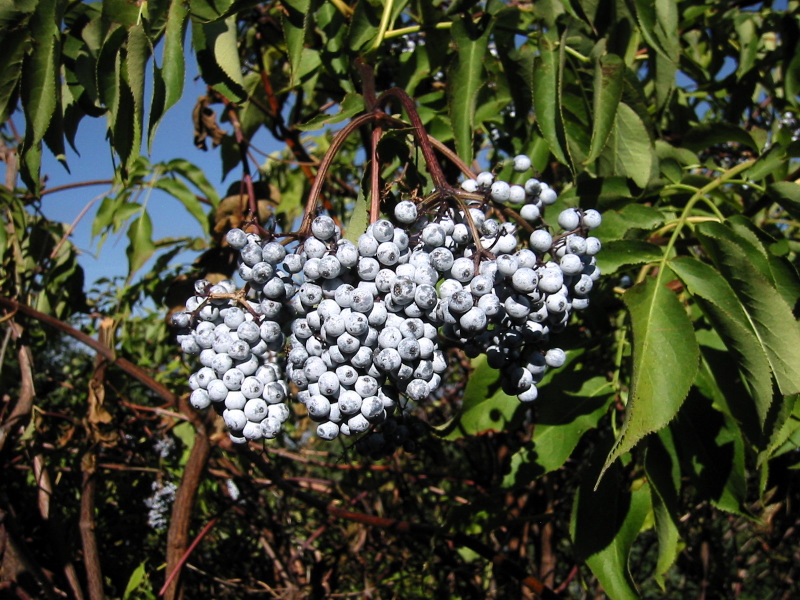
If you like foraging or gardening, be aware: Only the blue/purple elderberries are edible! Most experts also recommend cooking them because the raw berries contain small amounts of cyanide. Don’t let that deter you from trying elderberries, though.
Blue elderberries aren’t lethal if you eat a few raw, but they can cause nausea, so these berries are best enjoyed as a jam, syrup, pie or tea. Some people even like to make elderberry wine. They have a sweet-tart flavor somewhere between a grape and cranberry, and they have high levels of vitamin C in addition to a potent dose of antioxidants.
Pepperberries

Pepperberries are not for the faint of heart, but they ARE for the adventurous or curious. (I’m looking for some to try as soon as I finish this article because I’m too curious to be cautious!)
Also called mountain pepper or mountain pepper berry, these blue fruits are said to start earthy and sweet and then hit your palate with spicy, peppery notes in a slow, building burn that lasts about five minutes. These are probably better for sparing use in your cooking than an afternoon snack, but I like that you get all the health benefits of blue-colored foods along with a spicy, complex pepper flavor.
Sidenote: Make sure you don’t confuse these with blueberry peppers! While those are also good for you and tasty, they’re much spicier and have a totally different flavor profile.
Brighten Your Diet (and Day) With Blue Fruits
Blue fruits and vegetables are a fun way to add some color and visual appeal to your meals and snacks. With all the added health benefits and exciting new flavors, eating healthy blue foods might become your new favorite thing!
FAQ
-
What fruit is blue other than blueberries?
Blue raspberries, juniper berries, blue grapes and blue huckleberries (Canadians might call these bilberries) are all fun blue fruits to incorporate into your diet.
-
What are the benefits of blue fruits and vegetables?
Naturally blue fruits and veggies contain anthocyanins, a specific plant compound that makes these foods blue and can help improve cognitive and heart health while boosting energy levels. Blue foods are also good for digestion and urinary health.
-
Why are blue fruits so rare?
Natural blue pigment comes from a chemical compound called anthocyanin, which can be easily overpowered by other natural pigments like chlorophyll (green) or carotenoids (red, yellow, orange). Vegetables and fruits that are blue need just the right chemical conditions to get that coloration, otherwise you end up with a reddish purple or blue-green fruit instead.




